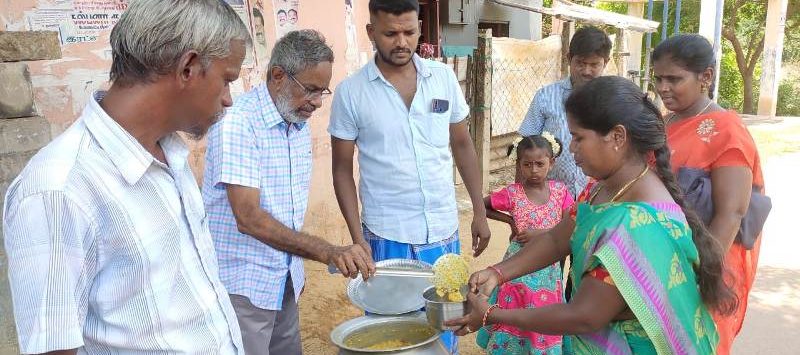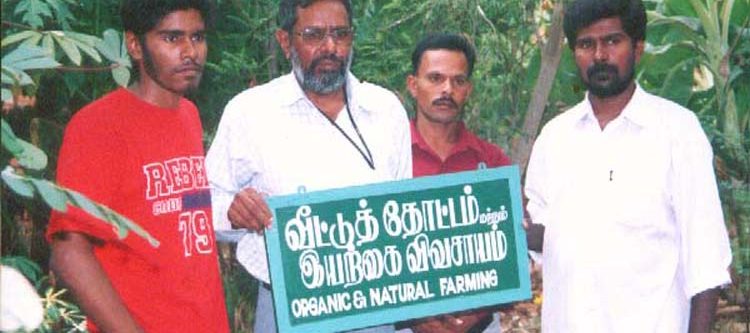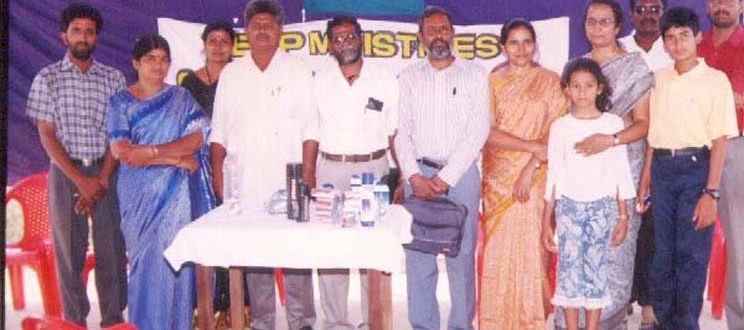Praise the Lord
Welcome to Web space of Jothi Prakash Ministries, Chennai, anchored by Pr.Jothi Prakash. We are indeed happy to welcome here and browse our Website to know more about our Ministries.
Jothi Prakash Ministries is a fastest growing Ministries focusing with the vision of “Recaching the Tribal Souls”. Pr.Jothi Prakash is a well known Pastor pastoring for the Tribals in the parts of Gudalur and other terrain parts of Tribal areas. He has created an atmosphere and warmth with the Tribals and is easily welcomed by them and they enjoy the Word of God through Pr.Jothi Prakash get saved and nourished. This Ministry is blessed with great leaders who serve for the Christ.
Click the links to know about our Ministries. You and your family will surely be blessed by this Ministry.
Jothi Prakash Ministries concern over……
Gudalur, Nilgiris
Is a panchayat town and taluk in Nilgiris district in the Indian state of Tamil Nadu. It is said that Gudalur gets its name from Koodal + uru, meaning the Meeting place.
Overview:
Gudalur is a picturesque green valley on the way from Mysore to Ooty with a population of 32,605 (1991 census). It is a gateway to three states, Tamil Nadu, Kerala and Karnataka lying equidistant from both Kerala and Karnataka. Though the history of the name has been lost, it is the place where all of the three states boundaries meet. It is also said that Gudalur got its name from Goodal + uru – mysterious place.
Tea plantations dot the above region, and the regional economy is heavily dependent on the tea industry. However, this is a place rich in flora and fauna with a variety of hill crops, though lower altitude crops such as paddy and coconut also flourish here. This area was on offspring to the exploration done by the British during the pre-independence period to cultivate tea. Various large companies own tea estates in the region. From the 1960s onwards, the region saw pioneering settlers moving in from neighbouring Kerala. Later, towards the end of the 1970s, the Tamil Nadu Government also granted refuge to a large number of Sri Lankan repatriates. This considerably changed the demography of the region. Gudalur is a place where one can see people from the two states of Tamil Nadu and Kerala live together cordially.
Once upon a time, it was a hiding place for newly wedded couples who married without the consent of their parents and had eloped from their homes. Criminals also find this place a hideout from the law of the land; the history of Gudalur says that it is a land of hard workers. People from different part of India migrated to Gudalur and fought with the wild animals and with malaria and thereby reaped gold from the land. This ‘Pioneering’ Spirit however, had a considerable cost the original inhabitants of the region (indigenous people) have been reduced to a state of abject poverty and subjugation on account of the outsiders.
Gudalur is the only Taluk to have an Act enacted by the Tamil Nadu State Government and is placed in the Ninth Schedule of the Constitution of India (entry 80) which is exclusively made for the Gudalur region. That Act is Gudalur Janmam Abolition Act, 1969 (Act 24/09)
Later Gudalur Taluk was divided into two taluk as: Gudalur and Pandalur, Pandalur Taluka consists of the major portion of Nelliyalam Villages and Cherangode village. It was the seat of the erstwhile Nelliyalam Ratti. Nelliyalam is a small village where you can find the remains of the fort of Nelliyalam Ratti.
Today Gudalur is a selection grade III municipality.
Gudalur lies adjacent to the Mudumalai Tiger Reserve, and often wild animals such as elephants, deer, etc., stray into human habitat. However, since Gudalur is a new town, with the majority population of the region being recent settlers from Kerala and other parts, there is a very ‘local pride’ in the region, and wildlife is being fast decimated. People are all attempting to maximize their gain from the land in a short term, and so agricultural practices are unsustainable highly dependent of pesticides and fertilizers. Devala, a place which is just 20 km away from Gudalur, receives the highest rainfall in Tamil Nadu.
Demographics:
As of 2001 India census, Gudalur had a population of 43,038. Male constitute 50% of the population and females 50%. Gudalur has an average literacy rate of 73%, higher than the national average of 59.5%; male literacy is 78%, and female literacy is 68%. In Gudalur, 13% of the population is under 6 years of age.
Transportation Links:
Gudalur is linked by road to Ooty and this is one of the Nilgiri Ghat Roads. In the other direction, the same road continues on towards Gundlupet (and on to Mysore) in Karnataka State. Another road links it to Nilambur and Sulthan Bathery in Kerala State, Gudalur is therefore on the access route to other towns in the district for goods and passengers from the state of Karnataka and some from the state of Kerala. There is a huge demand for last many years for making Kozhikkode-Manjeri-Nilambur-Ooty as National Highway.
HEALTHY WEALTHY PROJECT
Project Area: Gudalur Taluk, Nilgiri District.
Introduction:
Reap Ministries is a non-profit, non-sectarian, non-political, non-governmental, Social service organization registered under Indian Trust Act (1886). Our organization has been involved in promoting the welfare and development of the poor since 1996, irrespective of their religion, language etc. We have a special burden for women who are living under the poverty line. Now, we are working around Sholavaram, Ponneri Taluk and Thiruvallur District in 10 villages. The members of our organization educate and guide these neglected people for a better living. We have extended our work to Nilgiri District, where lots of scheduled Tribes live. Now these people are out of the Reserve forests – their home for generations and are moving to new places and start a new life.
Vision:
We visualize that these poor people learn to read and write, get good income for them and their families and live a healthy, happy life. Problem:
These poor people have the following problems which prevent them from what we visualize: a. Their main problem is illiteracy. Many are school dropouts. There are two reasons for them to stop their education at an early date.
i. Poverty is the main reason for them to stop going to school. They have no other way than to move to child labor to make a living.
ii. They do not know the importance and blessings of education. Some of them never even went to school for one day in their life time.
b. Due to poverty, illiteracy, customs and other social and economic circumstances. They have no chance of learning about the modern technology farming etc.
c. They have less or no land for them and for their livestock. These landless laborers are not able to venture anything.
d. They have very less money
e. The middleman and brokers exploit these people when they sell their products.
Objectives of the Project:
1. To educate and enlighten them
2. To help them to come out of their old ways and lead them into prosperity, health and happiness.
3. To help them to stand on their own feet.
4. To give them a new hope
5. To help them to get closer to each other and support their aged, widows, orphans and destitute in their community.
Projects Components:
1. We will appoint teachers to educate them to read and write in their mother tongue.
2. We will educate them in modern farming and technology. According to their need and slowly bring them equal to the developed world.
3. We will help them to use any small piece of land (if they have) and utilize it to the maximum. If possible we will help them to buy community land, which will be used by all of them.
4. We will give them aid to start self employment programs, small business etc.,
5. We will help them to market their products in their local market, try to cut all their brokers and middleman by establishing co-operative stores and shops in the city by this method, we can help these people to get more money for their products. We will also guide them to produce easily marketable items such as dog breeding (kennel), olives, duck’s egg, milk, honey, goat, sheep, pig, chicken, turkey, rabbit, ornamental fish, prawn, mango and other fruits, vegetables (organically grown) Broccoli, Mushroom, Spinach other vegetable.







